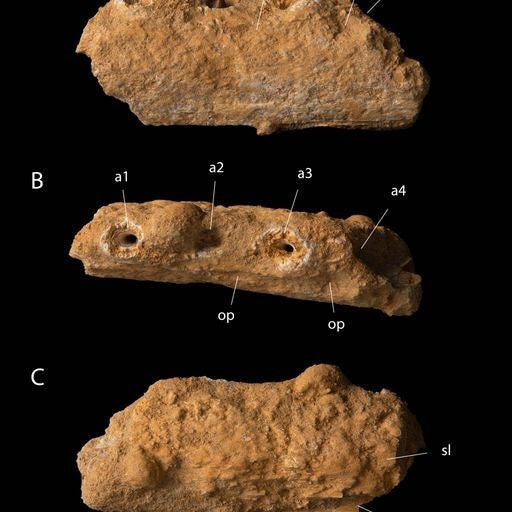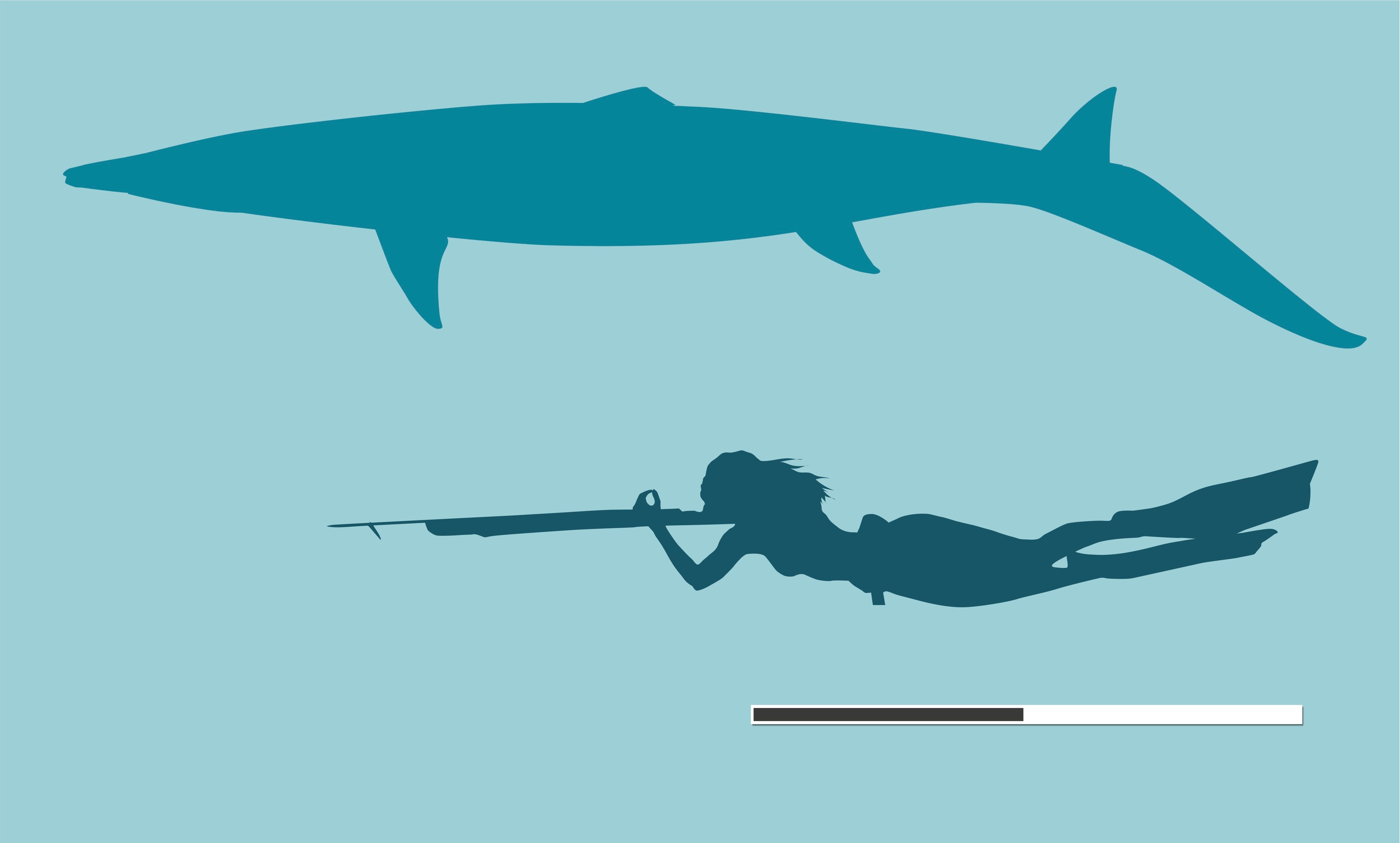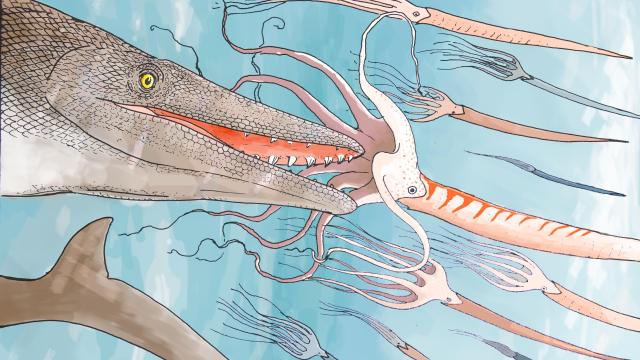The ancient seas of the Late Cretaceous period would’ve been scary places to swim. Between 66 million and 100 million years ago, the world’s waterways were chock-full of real-life sea monsters. Not least of which were the sometimes bus-sized, possibly venomous, predatory lizards known as mosasaurs.
The marine reptiles, which went extinct in the same catastrophic event that wiped out the non-avian dinosaurs, are thought to have been a diverse group of animals. They ranged widely across Earth’s extensive seas and oceans during their time, dominating as apex marine predators. Scientists have unearthed specimens in marine deposits on both sides of the Atlantic Ocean, as well as in Mediterranean regions that were once inundated by the prehistoric Tethys Ocean. Based on the array of what’s been found before, the scaly sea-creatures seem to have varied in size, shape, rarity, and other features. Now, researchers are adding one more, especially unusual species to the mosasaur collection.
A study published Wednesday in the journal Fossils catalogues and describes a newly discovered type of mosasaur. Paleontologists uncovered a partial jaw with two tooth crowns buried deep in phosphatic deposits in Morocco’s Oulad Abdoun Basin. The bizarre teeth are like nothing scientists have found before, the study claims. “A remarkable series of prominent, sharp and serrated ridges emerge” from the tooth surface, wrote the scientists.

Other mosasaur specimens have teeth with simpler or fewer ridges. But “none of these tooth morphologies approach the condition seen here,” the authors note.
“It’s not like any mosasaur, or any reptile, even any vertebrate we’ve seen before,” said Nick Longrich, lead researcher on the new findings and a paleontologist and evolutionary biologist at the University of Bath in the United Kingdom, in a press statement. “The teeth look like the tip of a Phillips-head screwdriver, or maybe a hex wrench. So what’s it eating? Phillips head screws? IKEA furniture? Who knows.”
The odd teeth represent an evolutionary split that likely means the new specimen came from an entirely separate species and genus from previously described mosasaurs. So, the scientists decided to name the prehistoric reptile after its defining feature. The genus name, Stelledens, comes from the Latin words for star and tooth. The species name, mysteriosus, from the Latin for mystery, is meant to demonstrate just how little we know about this old, wet, lizard.

Tooth morphology usually offers clues about animal diet, but because there’s nothing to compare these chompers to, what S. mysteriosus might’ve eaten is unclear. “It’s possible it found a unique way to feed, or maybe it was filling an ecological niche that simply doesn’t exist today,” Longrich said. In addition to the outright weird ridges, the uncovered teeth are also relatively small, short, and have obvious signs of wear at the tips. That could suggest it was munching on small, armoured prey like ammonites, crustaceans, or bony fish, the paleontologist hypothesised, “but it’s hard to know.”
Separately from the teeth, the jaw fragment illuminates a few other likely details of S. mysteriousus’ life. For a mosasaur, the species appears to have been fairly small — about 5 meters in length at its full size, or about twice the size of a dolphin.

Ultimately, the newly discovered mosasaur prompts more questions than it answers. How many other types of mosasaurs are still out there yet to be dug up? How many shared this type of tooth? What were all of those ridges for? How rare was this particular species? The animals seem to have been evolving rapidly and diversifying up until their extinction, and paleontologists are likely to continue finding new examples of manifold mosasaurs and other pre-historic oddities — even from just this single geologic deposit and location.
“We’re not even close to finding everything in these beds,” said Longrich in the press release. “This is the third new species to appear, just this year. The amount of diversity at the end of the Cretaceous is just staggering.”
